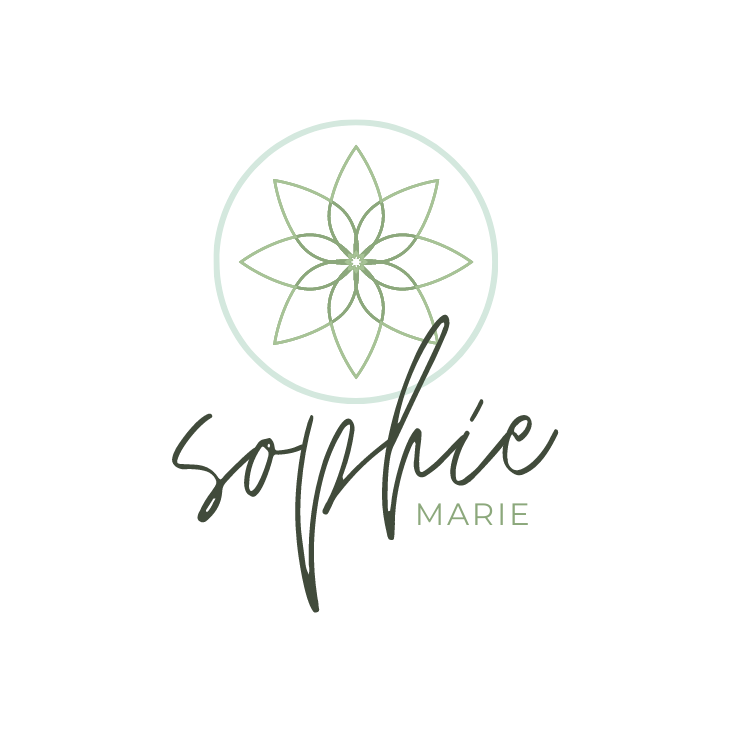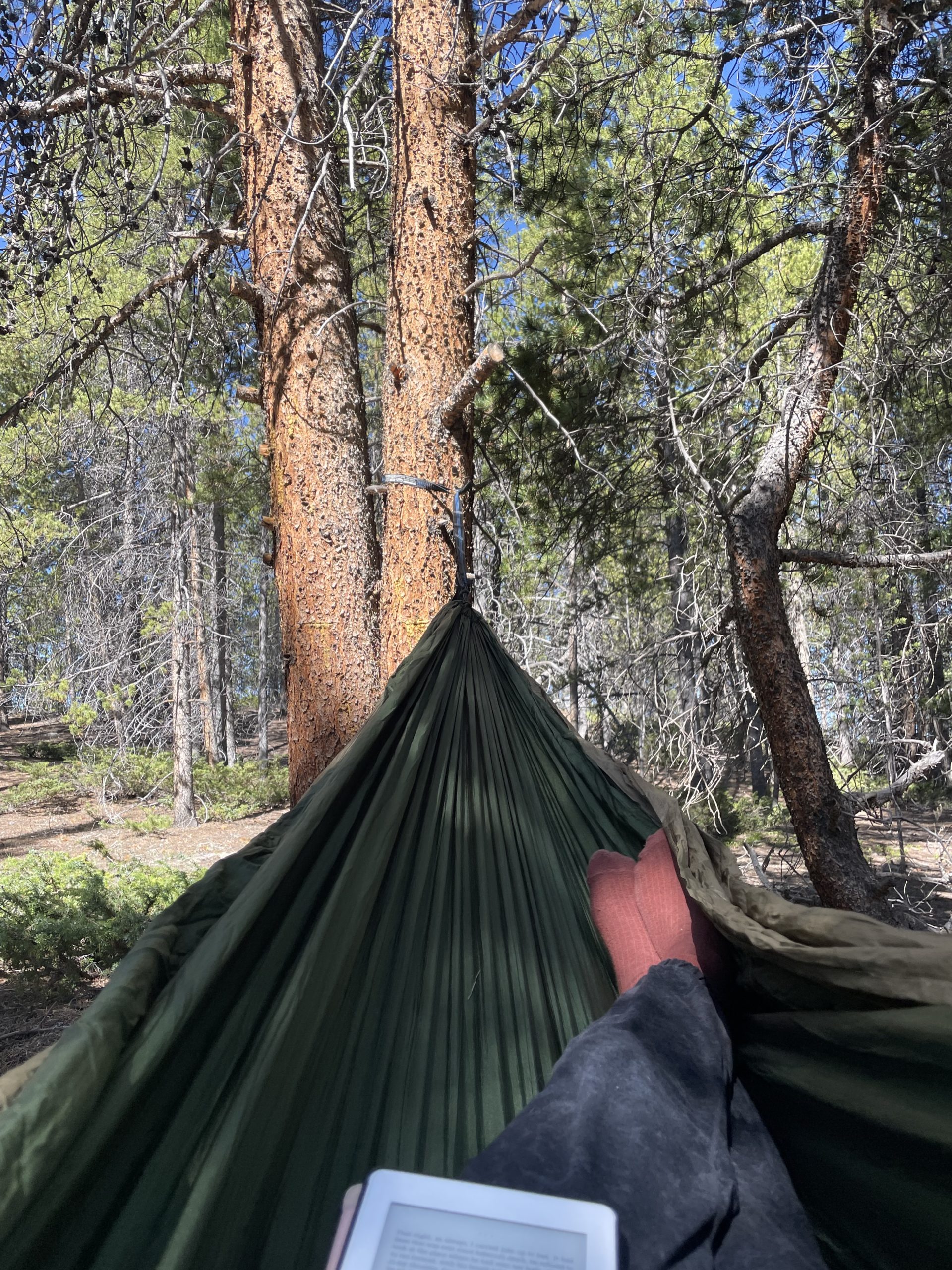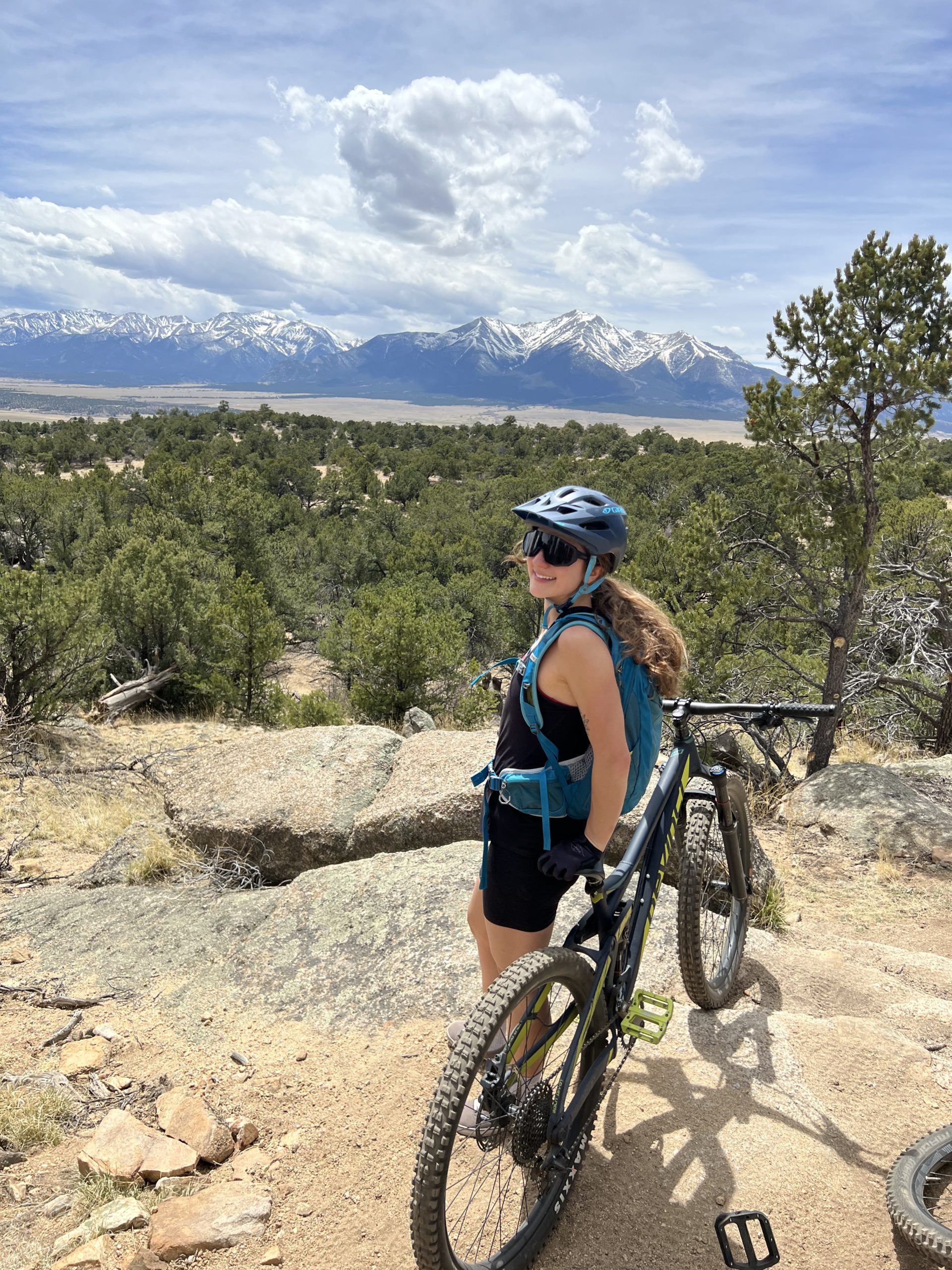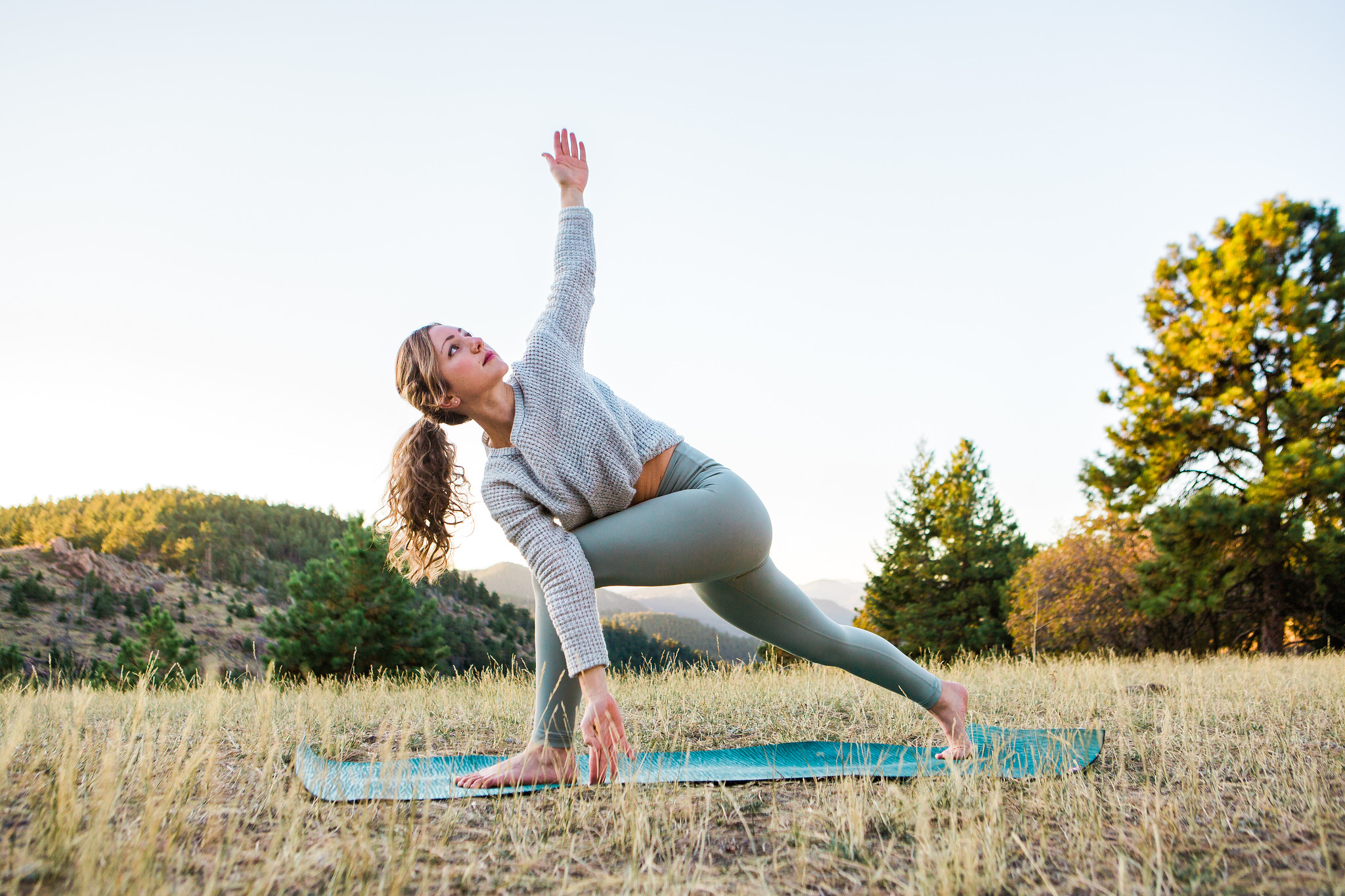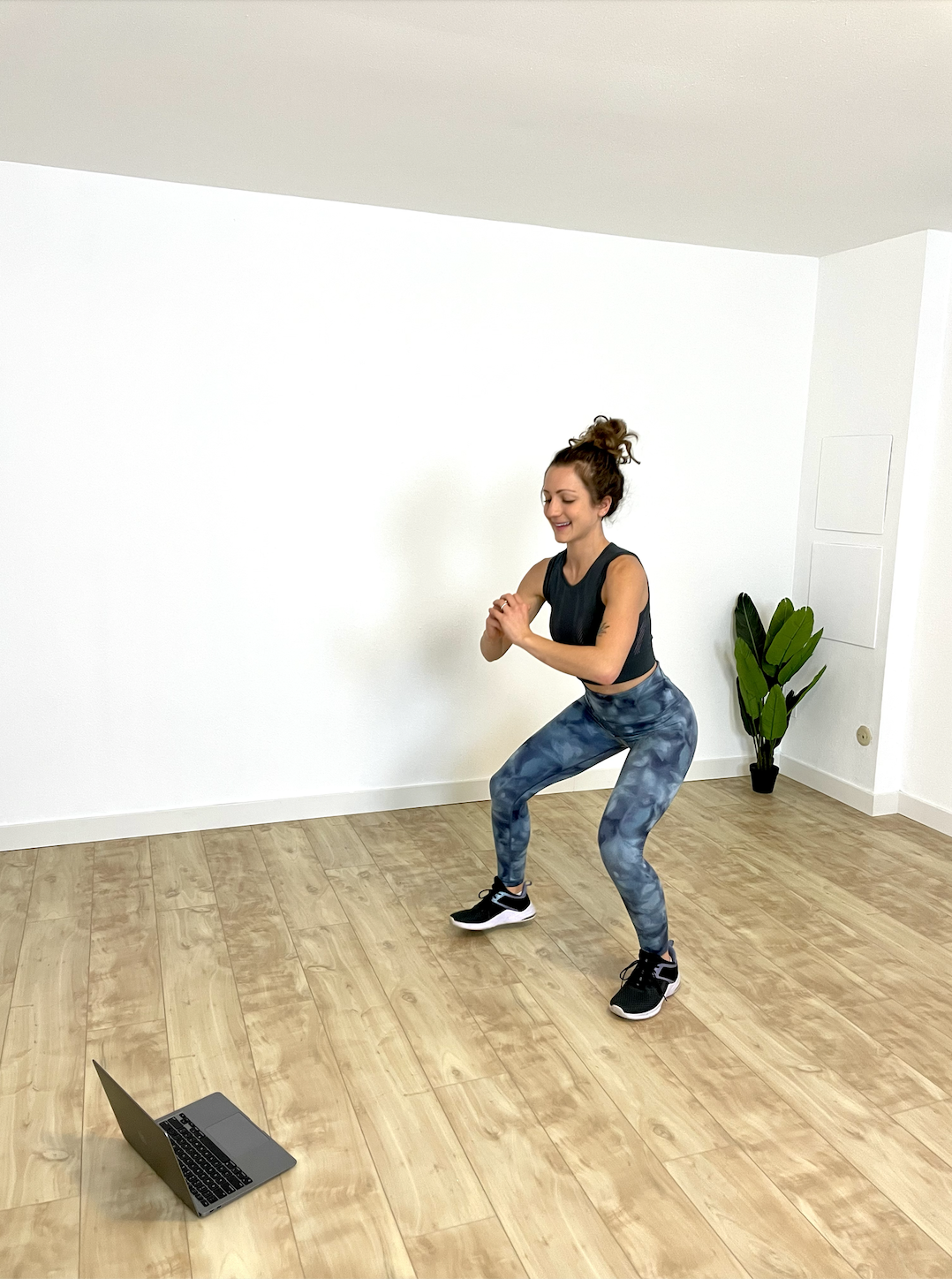Are you the least flexible person in the world? If so, you’re not alone. Here are 4 easy steps to becoming more flexible.
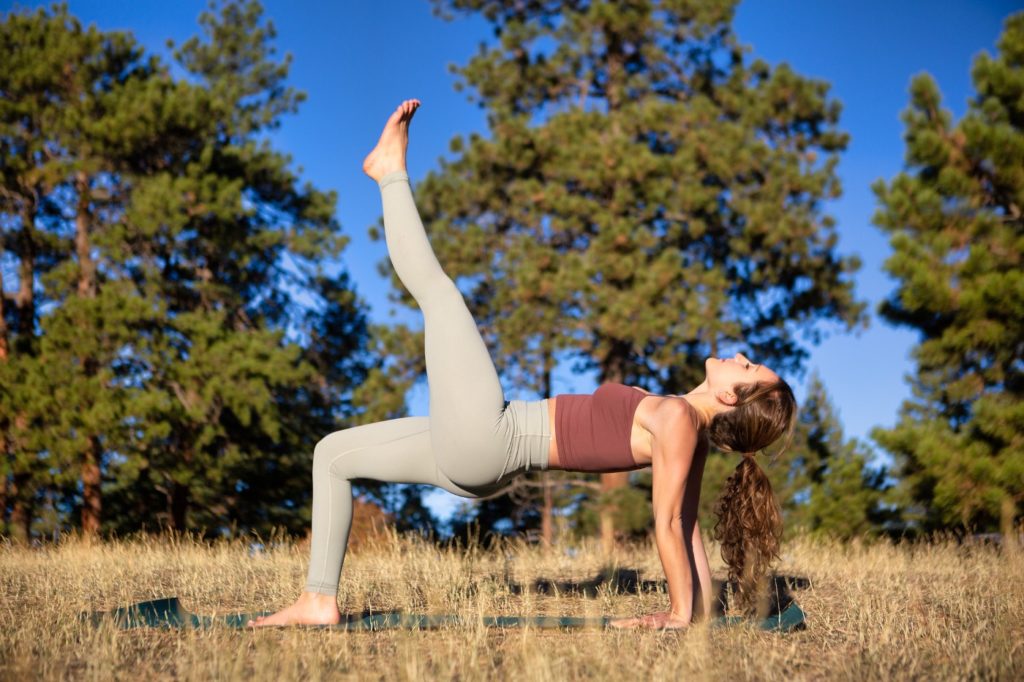
New clients regularly tell me that they’re the least flexible people in the world. I always chuckle a little. How can it be that so many people hold this same title?
Jokes aside — most people have never been taught the right way to stretch. Because of that, they’ve never been successful in increasing their flexibility and the result is, they walk around feeling stiff and uncomfortable.
I’m here to tell you that, yes, you can be flexible.
You just need to learn a few simple techniques and you will be on your way to touching your toes. Ahhh — can you taste the freedom already?
Let’s dive in.
1. Understand that everyone has a different baseline level of flexibility
Some people are genetically more flexible than others, and that’s OK. According to Paul Weitzel, we can all increase our flexibility to about 20–25% past our baseline¹. With consistent stretching, anyone without a stretching routine can become significantly more flexible than they are right now. This doesn’t require that much time. You only need to stretch 10–15 minutes per day to experience results. Knowing that we all have different baseline levels of flexibility, we shouldn’t compare to others.
For example, I will never be able to do a side split, while a dancer or a gymnast might be able to easily and may even set a goal to do so. As a non-performer and non- professional athlete, there is no reason to set these kinds of goals. Most of us benefit more by keeping ours bodies safe and functional. There is nothing in my life requiring me to do a side split, so I get to live a happy, normal life without pushing past my physical limits. Keep your goals reasonable and safe.
2. Learn the proper techniques from a professional
There are a few major mistakes that people make when they stretch. One of the most common ones I see is when people try to stretch their hamstrings by standing and bending forward. Most people assume the way to stretch their hamstrings is by bending over with very straight legs and trying to touch the floor with all of their might. The issue is, most of the time, your back rounds excessively and the hamstrings don’t actually lengthen in a safe and effective way. This also compromises both the spine and knee joints.
The best way to stretch both hamstrings is by bending your knees, bringing your hands down to a block or other prop, arching your upper back by pulling the shoulder blades together, drawing your belly button in, and reaching your tailbone up to the sky (aka sticking your butt up in the air). In yoga, we call this a half-forward fold, or ardha uttanasana. If these instructions seem confusing, it’s because correct body alignment is a lifelong practice. This is why we need to be taught by a skilled teacher.
3. Make it routine
I used to be really inflexible. My coaches in high school would tell me I needed to stretch more. The only time I stretched was during soccer practice when they made us at the beginning. Once I started doing yoga around the age of 18, my flexibility increased dramatically. This was because, in addition to going to yoga classes, I started stretching almost daily for a few minutes. I made it a routine.
Everyone can increase their flexibility with a routine. You have to put in a tiny bit of effort, but it’s so incredibly worth it. The freedom that you experience when you get rid of stuckness in the body is indescribable. It’s light, airy, and oh so good!
Most of us have no idea how good we are meant to feel.
Because of that, we don’t prioritize stretching. It gets brushed off as something we’ll do later, but then later never comes. If we truly realized how much freedom we could experience from a 10-minute daily routine, we would put at the top of our list.
So, you have to try it first. You won’t feel the benefits after 1, 2, or 3 days. You need to stretch daily (for the most part) for 2 to 4 weeks. If you miss a day here and there, it’s no big deal. Consistency is key, so do your best and you’ll reap the benefits.
4. Focus on mobility AND flexibility
Flexibility refers to the ability of a muscle to passively lengthen through a range of motion. Mobility is related to the joints and their ability to actively move through their full range of motion. Flexibility and mobility go hand in hand. We need a healthy dose of both.
Think about your shoulder joints. There are several different types of movements that the shoulder joint can make. For example, to know if you can externally rotate your shoulder joints effectively, lay flat on the ground, take your arms out to your sides in a T shape, and then bend your elbows so you make a goal post shape with your arms. In a healthy range of motion, you should be able to easily and comfortably rest your forearms, shoulders, and backs of your hands on the floor by your ears.
When we work on mobility, we focus on being able to activate our muscles through end ranges of motion. For example, military presses with or without weights are a great way to actively train our upper body and maintain good mobility of the shoulder joints, particularly in external rotation.
We also need to stretch the muscles around the shoulder joints, upper back, and chest to keep the muscles healthy and flexible. However, if you only stretch those muscles and never stregnthen them, you compromise the joints. We should always be training our bodies through different ranges of motion, including weight bearing and stretching.
Bottom line is — keep moving. Mix up your routine and be consistent with movement. Your body will thank you.
Flexibility provides benefits beyond injury prevention and being able to show your friends you can touch your toes. It affects your nervous system and your entire way of being. It makes you more relaxed, equanimous, and level-headed.
You may not realize now how stiffness affects you, in fact, some people don’t notice it in their daily lives. But once you start to increase your flexibility, you get to experience the physical clarity that leads to mental clarity.
There’s only one way to find out!
To learn more about Sophie, her services and programs, visit her website here.
References:

